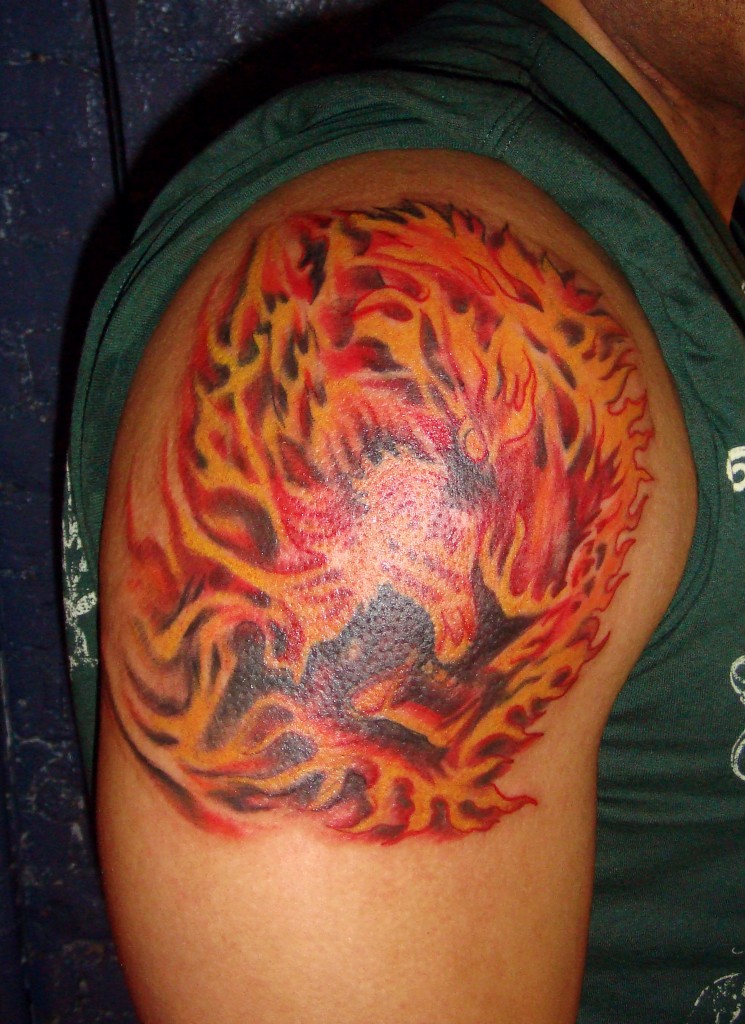Ashinoff R, Levine VJ, Soter NA. Allergic reactions to tattoo pigment after laser remedy. As well as, regional lymphadenopathy after treatment with the Q-switched ruby laser was reported by Izikson (7 Izikson L, Avram M, Anderson RR. Transient immunoreactivity after laser tattoo removing: report of two circumstances. 4 England RW, Vogel P, Hagan L. Immediate cutaneous hypersensitivity after therapy of tattoo with Nd:YAG laser: a case report and evaluate of the literature. Ann Allergy Asthma Immunol. 6 Ashinoff R, Levine VJ, Soter NA.
Allergic reactions to tattoo pigment after laser treatment. Hypothetically, antigenic determinants could also be altered by the laser therapy itself. This would possibly clarify the occurrence of hypersensitivity reactions after laser therapy of beforehand non-allergenic tattoos (four England RW, Vogel P, Hagan L. Immediate cutaneous hypersensitivity after therapy of tattoo with Nd:YAG laser: a case report and assessment of the literature. Ann Allergy Asthma Immunol.

Beside the risk of induction of allergic reactions, treatment efficacy of most widely used Q-switched lasers, such because the frequency-doubled Nd:YAG laser, is compromised by the limited penetration depth of those modalities. Contrarily, ablative lasers definitively eliminate antigenic ink particles, thereby decreasing antigenic load and stopping systemic uptake. Besides, CO2 laser power isn't selectively absorbed by ink particles, preventing chemical alteration of probably antigenic particles (three Ibrahimi OA, Syed Z, Sakamoto FH, Avram MM, Anderson RR. Treatment of tattoo allergy with ablative fractional resurfacing: a novel paradigm for tattoo removal.
J Am Acad Dermatol. Eight Zemtsov A, Wilson L. CO2 laser treatment causes native tattoo allergic reaction to turn out to be generalized. Ablative fractional lasers have the benefits of conventional full-surface ablative lasers, whereas the risk of scarring is minimized even when ablation is deep. Beside the removal of tattoo ink, fractional laser treatment may facilitate intradermal delivery of topical steroids.
Recent literature suggests that numerous topical substances, including corticosteroids, will be effectively delivered by means of fractional laser ablation channels (9 Sklar LR, Burnett CT, Waibel JS, Moy RL, Ozog DM. Laser assisted drug delivery: a assessment of an evolving expertise. There's one previous report of a generalized urticarial response occurring three weeks after typical CO2 laser therapy of an eczematous tattoo response (eight Zemtsov A, Wilson L. CO2 laser treatment causes native tattoo allergic reaction to change into generalized.
Possible Side Effects Of Getting A Tattoo hypothesize that antigenic pigment from a small zone of heat conduction, the place coagulation takes place instead of ablation, is released extracellularly resulting in systemic spread. The reason why affected person 2 developed a generalized eczematous response whereas patient 1 did not stays unclear. Also, differences in submit-therapy may be partially answerable for the differences in response in our two patients. Application of topical corticosteroids directly after fractional laser therapy may enable uptake by way of the fractional ablation channels and will hence forestall a severe local response. Furthermore, latest proof indicates that silver sulfadiazine cream could impair wound healing, probably causing a state of persistent native inflammation (10 Rosen J, Landriscina A, Kutner A, Adler BL, Krausz AE, Nosanchuk JD, et al.
Silver sulfadiazine retards wound healing in mice via alterations in cytokine expression. In conclusion, our findings in the primary case suggest that ablative fractional laser therapy may be succesful of great removal of tattoo pigment in an allergic tattoo reaction. The elimination of tattoo pigment mixed with laser-assisted supply of topical steroids could result in a reduction in the inflammatory reaction. However, because the second case shows, the laser therapy implies a danger of generalized hypersensitivity reactions.
This is helpful for 2 reasons: it prevents the stinging ache that scorching water would trigger on your recent tattoo, and it prevents your pores from opening too wide. Hot water will trigger your skin's pores to open, which can result in lack of pigment. As an added precaution, consider operating chilly water indirectly over your fresh tattoo for the final 30 seconds of your shower to close your pores.